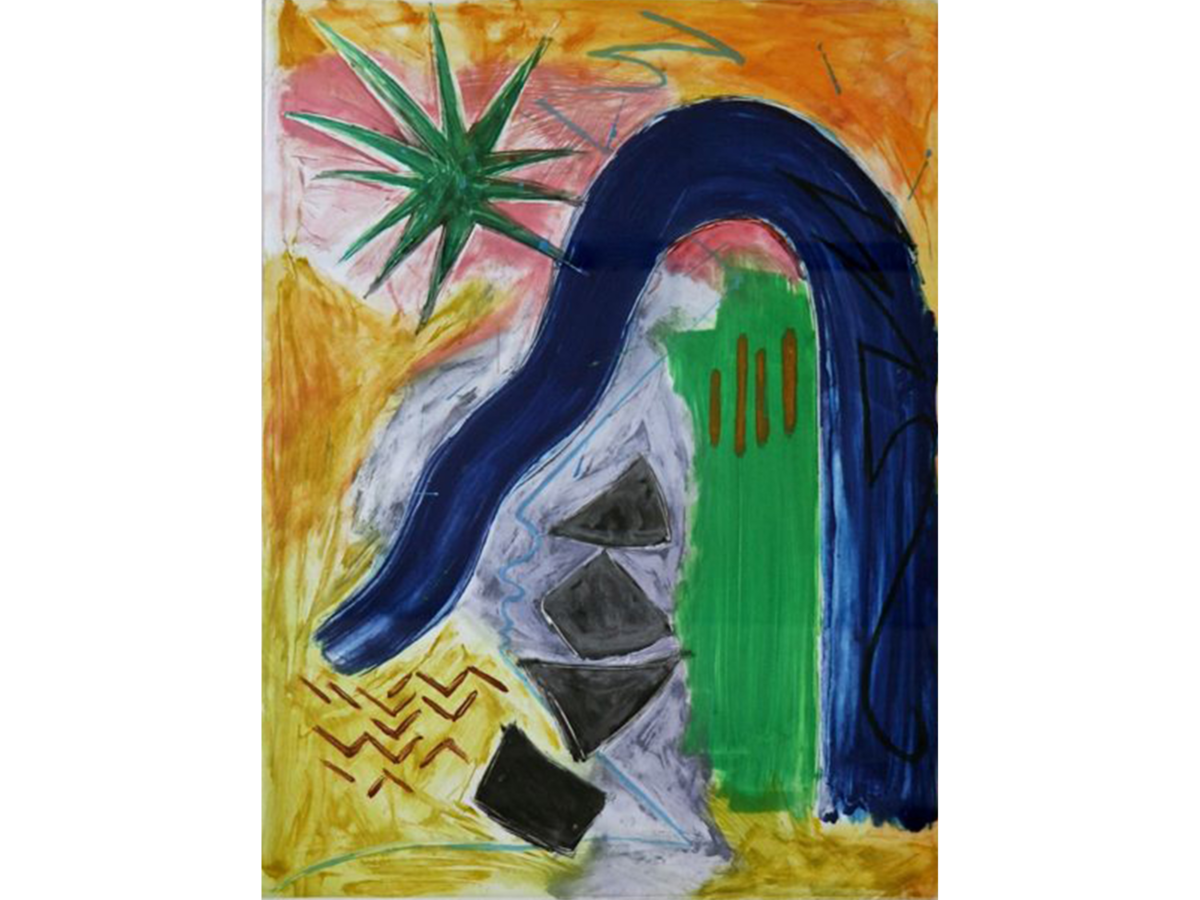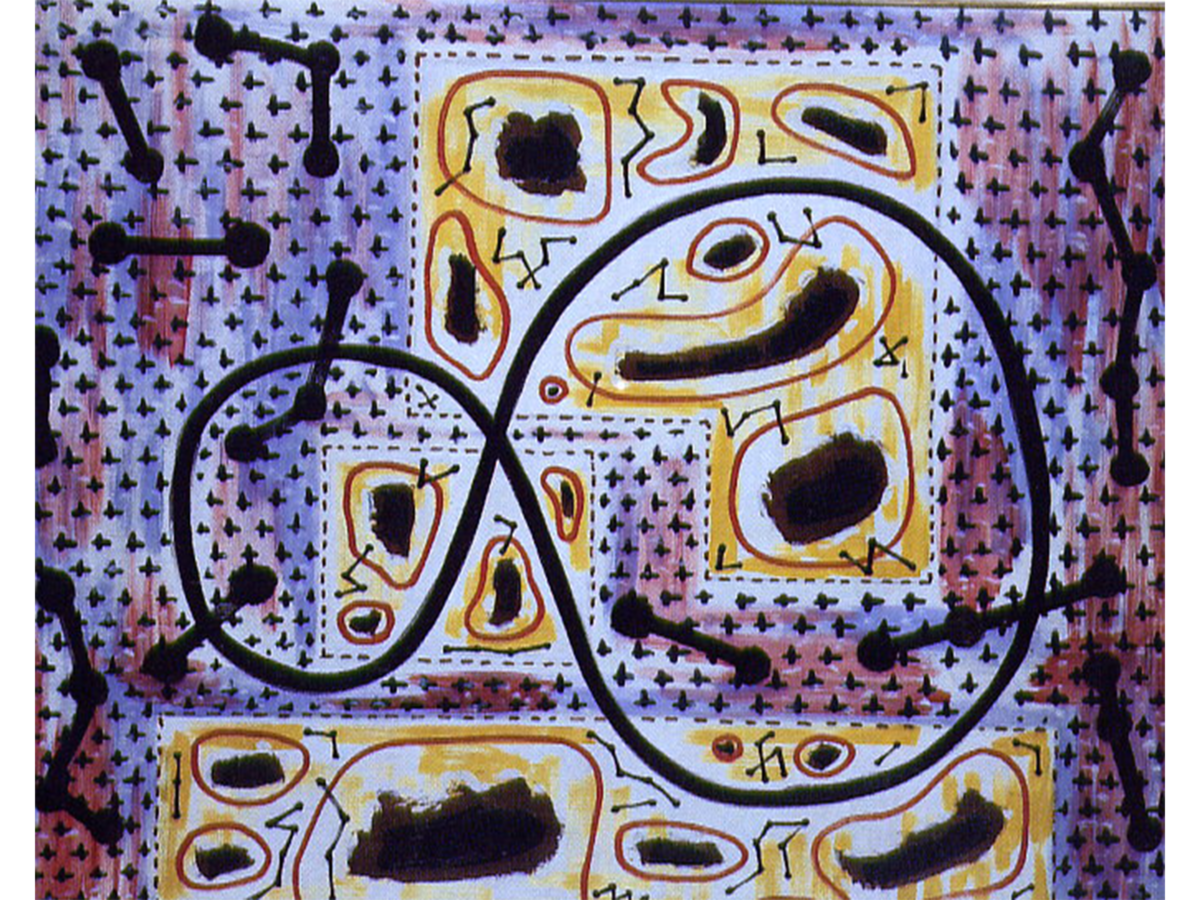Activity
Compare and Contrast — Saburo Hasegawa and Bernice Bing

View examples of Bernice Bing’s and Saburo Hasegawa’s work.
While studing at California College of Arts and Crafts, now CCA, Bernice Bing was taught by many notable artists, including Saburo Hasegawa.
Bing drew inspiration from her teacher, Hasegawa, who was an established abstract Zen artist. Bing recalled from her experience “[Hasegawa] practiced Zen, and used his Zen meditation in his own art. His work was dreamy abstract and quite calligraphic and beautiful. He introduced a whole attitude that was completely foreign to me. I had no idea what it meant to be an Asian woman, and he got me started thinking about that. I was in awe of him.”
Source: Queer Cultural Center
Content Standards
K.VA:Re8 Interpret art by identifying subject matter and describing relevant details.
2.VA:Re8 Interpret art by identifying the mood suggested by a work of art and describing relevant subject matter and characteristics of form.
Visual Arts 3.0 Understanding the historical contributions and cultural dimensions of the visual arts.
3.VA:Re8 Interpret art by analyzing use of media to create subject matter, characteristics of form, and mood.
Visual Arts 4.0 Responding to, analyzing, and making judgments about works in the visual arts.
6.VA:Re7.2 Analyze ways that visual components and cultural associations suggested by images influence ideas, emotions, and actions.
Materials
Compare and Contrast – Saburo Hasegawa and Bernice Bing (download PDF from sidebar above)
Projector
Student Worksheet
Pencils
Procedure
- Introduce students to Bernice Bing and Saburo Hasegawa as artists. Explain that Hasegawa was one of Bing’s teachers at art school. Hasegawa’s biography can be found at:
- https://en.wikipedia.org/wiki/Saburo_Hasegawa
- Johnson M. and Hart D. 2019. The Saburo Hasegawa Reader.A short Hasegawa Biography
- Distribute student worksheets and give directions for the activity.
- Students will practice close looking at two Asian American artists’ works. For each set of paintings, students should list two similarities and two differences.
- Prepare to display paintings on a projector.
- Begin guided slideshow. Ask students throughout the presentation to consider the colors, lines, shapes, and objects depicted in each image. What do they notice?
Conclusion
- Have students conclude the assignment by answering the following three questions in a writing assignment or group share.
- What were some similarities that were seen in every painting?
- What is notably distinct in each artist’s work?
- Pick one to two paintings and consider how this painting makes you feel. What do you think the artist was trying to convey with this work?
Extension
Consider further extending this lesson by comparing the two artists’ work to traditional Zen paintings or Abstract Expressionist artists of the same era. Invite students to consider how the cultural identities of Bing and Hasegawa changed their understanding of abstract art.





